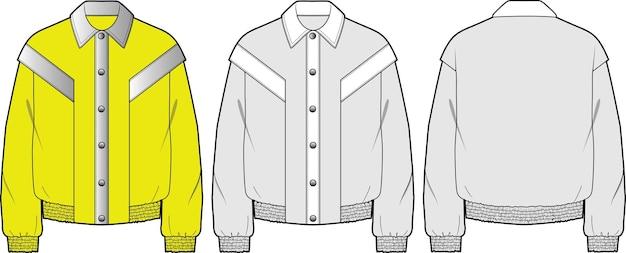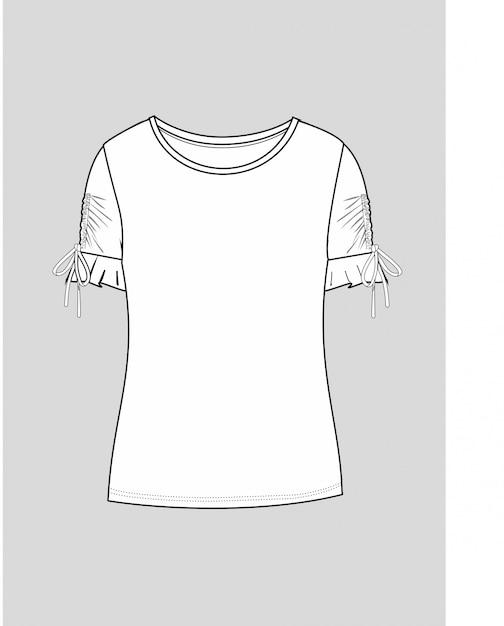Are you someone who loves to draw or maybe even dabbles in architectural designs? If so, you might have come across terms like “sketches” and “technical drawings.” While these two art forms may seem similar at first glance, they serve different purposes and require distinct skills. In this blog post, we will explore the fascinating world of sketching and technical drawing, delving into their unique characteristics and how they are utilized in various industries.
So, what exactly is the difference between a sketch and a technical drawing? Why is one preferred over the other in certain situations? How can you improve your skills in both areas? We will answer all these questions and more as we dive into the world of artistic expression and precise technical documentation. Whether you’re a budding artist, an engineer, or simply curious about the exciting realm of visual communication, this blog post is for you.
So, grab your drawing tools and get ready to unlock the secrets behind sketching and technical drawings. By the end, you’ll have a clearer understanding of these art forms and their significance in different fields. Let’s explore this captivating subject together, shall we?

What is the Difference Between a Sketch and a Technical Drawing?
If you’ve ever wondered about the contrasting characteristics of a sketch and a technical drawing, you’re in for a treat! In this section, we’ll explore the distinctions between these two artistic renditions. So, grab your pencils and let’s dive right in!
Sketch: Unleash Your Creative Soul
A sketch is like the wild and free-spirited cousin of the art world. It captures the essence of a concept or idea with spontaneous finesse. When you think of a sketch, think of an artist unlocking their creative potential, fusing imagination with pen and paper.
Sketches are often characterized by their loose lines, energetic strokes, and unrefined aesthetics. They embody a sense of rawness, conveying emotion and personality in every free-flowing movement. Sketches possess a certain charm that can make heads turn and minds wander.
Technical Drawing: Precision at its Finest
Ah, the technical drawing – the disciplined and meticulous cousin of the art family. If sketches are the creative rebels, technical drawings are the rule-abiding perfectionists. They leave no room for interpretation, providing accurate and precise representations of an object or structure.
Technical drawings are the unsung heroes of design, engineering, and architecture. Their purpose is to communicate explicit details, dimensions, and specifications. Every line is deliberate, every angle intentional. They are the blueprints that bring meticulous plans to life. Precision is their middle name!
The Main Differences: Let’s Get Technical
Now that we have a basic understanding of sketches and technical drawings, let’s explore their key distinctions:
1. Purpose
Sketches are free-spirited expressions, capturing ideas and emotions. They serve as a visual brainstorming tool, encouraging creativity and exploration. On the other hand, technical drawings have a specific purpose: to communicate precise and accurate specifications for manufacturing or construction purposes.
2. Level of Detail
Sketches focus on capturing the essence, the overall concept. They may contain loose lines and lack specific measurements. Technical drawings, however, are all about the details. They provide precise measurements, dimensions, and angles, leaving no room for ambiguity.
3. Audience
Sketches primarily cater to the artist themselves or a small group of people. They are a means of personal expression and experimentation. Technical drawings, on the other hand, target a wider audience, including engineers, architects, manufacturers, and construction teams. They need to be understandable, clear, and precise for effective communication.
4. Conversion to Reality
Sketches are often a starting point, a stepping stone towards a final artwork or design. They inspire and guide the artistic process. In contrast, technical drawings have a direct link to real-world implementation. They serve as the blueprint for transforming ideas into tangible objects or structures.
The Perfect Harmony
While sketching and technical drawing may seem worlds apart, they can actually complement each other beautifully. Think of them as yin and yang, each bringing their unique strengths to the table. Sketches inject creativity and inspiration into the design process, while technical drawings ensure accuracy and precision.
So, whether you’re an artist seeking artistic freedom or an engineer aiming for precision, both sketches and technical drawings have a crucial role to play. Embrace the spontaneous strokes and meticulous lines, and you’ll find your creative endeavors reaching new heights.
Now that we’ve unraveled the distinction between these two artistic realms, it’s time to grab that pencil and bring your ideas to life, whether it’s through a sketch or a technical drawing. The choice is yours, my creative friend!

FAQ: What is the difference between a sketch and a technical drawing?
What is the benefit of freehand drawing
Freehand drawing is a skill that allows artists and designers to unleash their creativity without being bound by rigid guidelines. It provides a unique avenue for self-expression and exploration. Plus, there’s something oddly satisfying about seeing your ideas materialize on paper through the strokes of your own hand. So, go ahead, grab a pencil, and let your imagination run wild!
What are the methods of drawing lines
Ah, the art of line-drawing, a timeless technique that spans centuries. There are various methods to draw lines, each imparting its own distinct character to the artwork. Let’s explore a few:
– Straight Lines:
These are as simple as they sound—a direct path from point A to point B. Picture an arrow zooming through the air, straight as an arrow, and there you have it!
– Curved Lines:
Unlike their straight-line counterparts, curved lines add a touch of elegance and grace to your artwork. Think of the smooth curves of a roller coaster or the graceful arcs of a ballet dancer.
– Zigzag Lines:
Zigzag lines bring a sense of energy and excitement to a drawing. They’re like the lightning bolts that electrify the night sky during a thunderstorm. So, get ready to zig, zag, and let the sparks fly!
What is the difference between a sketch and a technical drawing
Ah, the eternal debate between the sketching aficionados and the technical drawing enthusiasts. Let’s settle it once and for all, shall we?
Sketch:
A sketch is like a rough draft of an idea. It’s the first burst of inspiration captured on paper, where artists pour their thoughts, emotions, and creativity. It has a free-flowing nature, often characterized by loose lines and a sense of spontaneity. Just imagine an artist scribbling away, lost in their thoughts, and you’ll get the picture (pun intended).
Technical Drawing:
Now, technical drawings are an entirely different ballgame. They are precise, detailed, and meticulously crafted. They serve a specific purpose, whether it’s to bring an architectural design to life or to guide the construction of a complex machine. Think of technical drawings as the blueprints that builders rely on to create something spectacular. Every line is measured, every dimension calculated, and every angle perfected. It’s like engineering magic unfolding on the page.
What are the 3 major line types that are used for technical drawings
When it comes to technical drawings, three line types reign supreme. Let’s take a closer look at them:
– Hidden Lines:
Hidden lines, as the name suggests, are sneaky little devils that hide beneath the surface. They represent edges or contours that are not visible from a particular viewpoint, helping to provide a complete picture of the object being portrayed. So, next time you’re peering at a technical drawing, keep an eye out for these elusive lines.
– Centerlines:
Centerlines are the superheroes of technical drawings, the unsung champions of precision and symmetry. They divide an object into equal halves, acting as a point of reference for symmetry and alignment. Just like the spine keeps our body in balance, centerlines keep a drawing in perfect harmony.
– Dimension Lines:
Dimension lines are the storytellers of technical drawings. They reveal the size and proportions of an object, allowing us to grasp its spatial dimensions. They’re like the friendly tour guides that show us around a drawing, pointing out the measurements and giving us the inside scoop.
Now that you know the difference between sketches and technical drawings, and have discovered the methods of drawing lines, it’s time to grab that pencil and start exploring your artistic journey. Remember, there are no limits to your imagination, so keep sketching, keep drawing, and let your creativity shine like the brightest star in the night sky!
